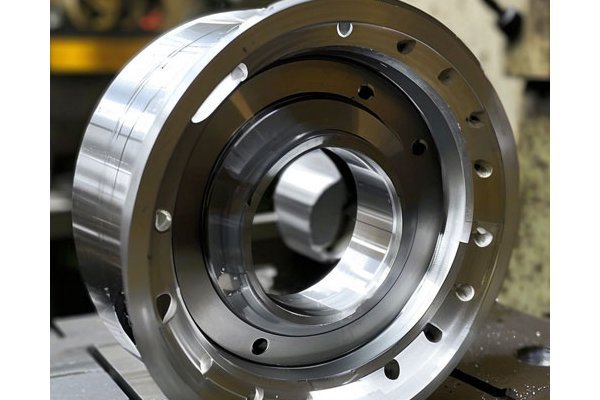Opening
Did you know that according to a recent study, over 60% of engineers cite prototyping challenges as a critical barrier in product development? In the fast-paced world of manufacturing and design, CNC (Computer Numerical Control) prototyping serves as a gateway to innovation, allowing engineers to visualize and iterate on their ideas quickly and efficiently. However, despite its advantages, CNC prototyping comes with its own set of challenges that can impede progress and lead to increased costs. In this blog, we will dissect these common hurdles and provide actionable strategies to overcome them.
Understanding CNC Prototyping
Before diving into the challenges, it’s essential to understand what CNC prototyping entails. CNC prototyping involves using computer-controlled machines to create parts and products from various materials. This approach provides high precision and repeatability while enabling the rapid production of prototypes for testing, validation, and design iterations. Industries ranging from aerospace to consumer electronics leverage CNC prototyping to bring their ideas to life.
Common Challenges in CNC Prototyping

Detailed Solutions to Challenges
Now that we’ve outlined the challenges, let’s delve deeper into some specific solutions that can help address these issues effectively.
Material Selection and Testing
Selecting the right material is a foundational step in CNC prototyping. It’s important to conduct material testing before full-scale production. Application-specific tests, such as tensile strength, impact resistance, and thermal stability, should be carried out to ensure that selected materials meet design expectations.
Furthermore, maintaining a diverse inventory of materials can aid in quick adjustments during prototyping. Engaging with material suppliers who can provide insights into the latest innovations in materials and their machinability will also facilitate optimal material selection.
Advanced Machining Techniques
Employing advanced machining techniques such as multi-axis machining can significantly enhance the capabilities of CNC prototypes. Multi-axis machines allow for greater design complexity and reduced setup times by enabling more intricate cutting pathways. Additionally, integrating CAM (Computer-Aided Manufacturing) software with CNC machines can automate tool paths, ensuring efficiency and reducing the chance of errors.
Iterative Prototyping Process
Adopt an iterative prototyping process that emphasizes continuous feedback and improvement. This approach includes creating low-fidelity prototypes initially, followed by more refined versions based on feedback from engineers and stakeholders. Using tools like feedback loops and design sprints will promote rapid evolution of designs, ultimately leading to a final product that fulfills all requirements effectively.
Integration of Quality Assurance
To mitigate quality control issues, integrating quality assurance into every stage of the CNC prototyping process is critical. Employ statistical process control (SPC) methodologies to monitor machine operations and product specifications. Regular inspections during the machining process will identify defects in real-time, allowing for immediate corrective actions.
Encouraging a culture of quality among team members reinforces the importance of compliance with quality standards and fosters an environment open to feedback and continuous improvement.
CNC prototyping is an essential element in modern manufacturing, providing engineers and designers with the tools they need to innovate quickly and effectively. However, the journey through CNC prototyping is fraught with challenges such as material limitations, precision issues, design complexity, and the looming pressures of cost and time.
By understanding these challenges and implementing thorough solutions—from material selection to advanced machining techniques—companies can optimize their prototyping processes and minimize setbacks. The importance of addressing these common hurdles cannot be overstated, as overcoming them not only paves the way for faster prototyping but also drives innovation and product success in a competitive market.
As you embark on your CNC prototyping journey, remember that each challenge presents an opportunity for growth and improvement. Embracing modern technologies, fostering collaboration, and prioritizing quality assurance will set your organization on the path to success in the dynamic world of CNC machining.



